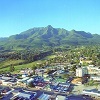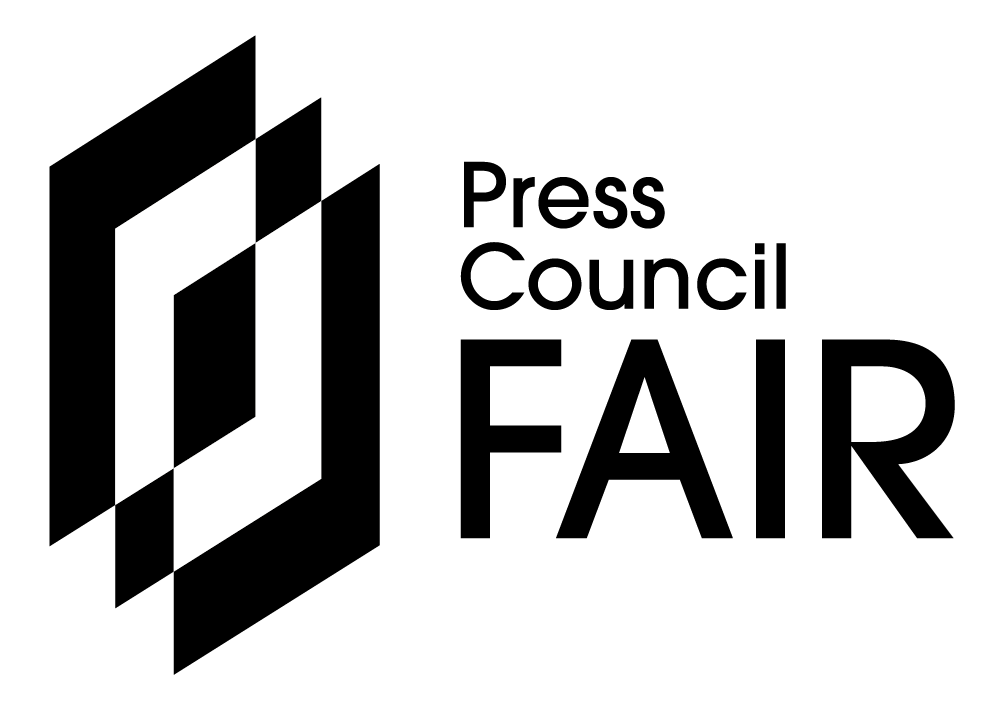GEORGE NEWS - George lost about 20 large trees during an outbreak of the polyphagous shot-hole borer (PSHB) between 2018 and 2021, but the situation has since been monitored closely and is under control.
According to Dawie Adonis, director of Community Services, the George Municipality's Parks and Recreation Department has not found any evidence of new infestations of the insect over the last two years.
He said where there is suspicion and evidence of the beetle, they remove the affected tree. "It is then carefully transported to the transfer station [at the refuse site] and burnt.
"We have not cut down any trees recently, and we are taking careful steps to verify whether the shot-hole borer is present or not."
The PSHB is native to Southeast Asia. It bores tiny tunnels into the trunks, stems and branches of trees and plants and cultivates a fungus that blocks the transport of water and nutrients to its branches, causing the tree to die. It is highly invasive. Alien trees, like oaks, are more susceptible than indigenous species.
According to The West Australian newspaper, a promising chemical trial on infected indigenous trees is under way in the City of Canning, where a small capsule, filled with a pesticide and fungicide, is injected into the tree.
The treatment kills the fungus almost instantly, the newspaper reported, and the trial could be a breakthrough in the battle against the borer, which presents a significant threat to the urban forests in the Perth metrole and surrounding local government areas.
Responding to a question about chemical treatment, Adonis said as there have been no confirmed cases in George recently, no treatment has been used.
"However, we remain open to using the treatment should we find evidence of a shot-hole borer infestation."
Trees that are most susceptible to being infested by the PSHB are the boxelder maple, English oak, London plane, liquid amber coral trees and weeping willows.
The English oaks at Fancourt Estate, where some of the oldest ones in George can be found, were also severely impacted during the 2018 outbreak and many of these trees were lost.
Fancourt's grounds and gardens manager, Chris Gomersall, said they lost about 1% of their plane trees.
"At the time of the PSHB pandemic, we removed the majority of Acer negundo - boxelder maples - as they were the initial and main host species on our estate. That helped by greatly reducing population threshold and breeding sites.
"Most of the surviving oaks have made a recovery, but I see some are still gradually dying.
"The plane trees that had PSHB a few years ago look clean. At the moment, the borer beetle is in control on the estate, but the infestation rate is low," said Gomersall.
He said mulching, feeding and watering infected trees will improve their health. One very sick American ash he had mulched and fed is still 100% healthy.
‘We bring you the latest Garden Route, Hessequa, Karoo news’
















